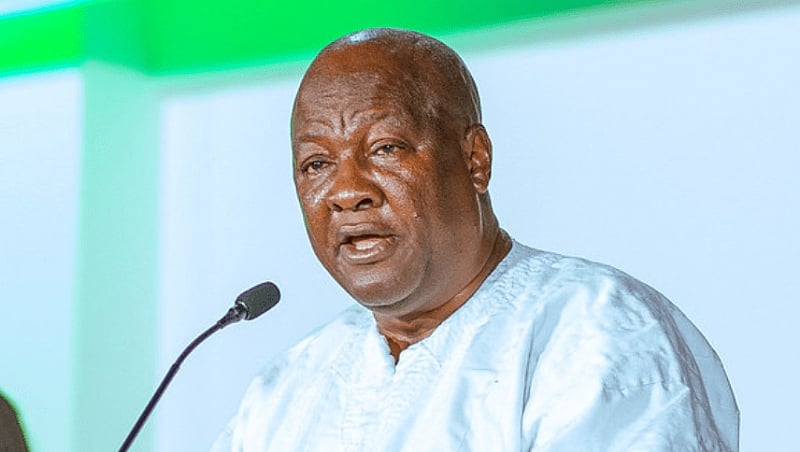Your Excellency,
With a heart full of gratitude and humility, I write to sincerely thank you for hearing the cries and pleas that I shared in my four open letters concerning the plight of the coastal communities of Agavedzi, Salakope, Amutsinu, and Adina (ASAA).
Your recent decision to award the coastal sea defence project to Amandi Construction Ltd. marks a turning point and a significant milestone in our long and painful history of vulnerability, neglect, and erosion. This has, indeed, caused great losses and damages to the land and the people of ASAA. This singular action, Mr. President, demonstrates not only your responsiveness as a leader and father of the nation but also your genuine concern for the lives, properties and livelihoods of the people living along this endangered coast. On behalf of the entire ASAA communities, I say a resounding thank you. We are grateful beyond words.
Nonetheless, Mr. President, I wish to draw your kind attention to the fact that the situation in ASAA is not unique. It mirrors the same coastal degradation that once plagued communities from Agbodrafo to Aného in Togo, and Hilla Condji to Grand Popo in Benin – regions that successfully reversed their fate through a hybrid approach to coastal protection. It was, indeed, a beautiful coastal engineering work.
In those countries, a combination of hard and soft engineering solutions – what is now widely referred to as grey and green infrastructure – was implemented. Projects like beach nourishment, engineered sand dunes, mangrove replanting, and beach vegetation helped not only to stop erosion but also to reclaim large swathes of lost land. In Benin, for instance, over 200 metres of new beach were reclaimed from Hilla Condji to Agoué, with 4.3 km of engineered dunes now helping the sea build the beach downdrift naturally. This, Mr. President, should be clearly and unequivocally conveyed to the Amandi Construction Ltd’s engineers in their modelling and design of the final project.
Here in ASAA, we have lost nearly 300 to 400 metres of land – a staggering figure, confirmed by elderly residents aged 70 and above who vividly recall the days of expansive beaches, thick coconut groves, family homes, cemeteries, and vibrant community life by the sea. All of these have been swallowed by the advancing waves. To them, their coastline was not just land – it was life, memory, culture, and livelihoods.
My humble appeal, therefore, Mr. President, is this:
Let this newly awarded coastal protection project not rely solely on armor rocks and hard infrastructure in the form of groynes, breakwaters, revetment, etc. Let it be guided by global best practices – the kind seen under WACA ResIP 1 in Togo, Benin, Mauritania, Senegal, and Côte d’Ivoire. Let us combine the strength of rocks with the resilience of nature. Let us reclaim, if not all, some of the lost land for future development such as new settlement, fishing activities, and beach-based tourism that can uplift our local economy.
Mr. President, this is not just about protecting today. It is about restoring yesterday and securing tomorrow. By integrating nature-based solutions with modern engineering, we can build a coastline that is not only stronger and more resilient but also more sustainable and beautiful for generations to come.
Once again, Mr. President, I thank you sincerely for responding to the voice of the voiceless. May this be the beginning of a truly transformative coastal defence project for the ASAA communities and a model for all of Ghana’s vulnerable coastal zones.
With deepest respect and hope, I remain a true citizen.
Sincerely yours,
Signed
Joel Degue
Concerned Citizen and Advocate for Environmental Justice, Centre for Natural Resources and Environmental Management (CNREM)


